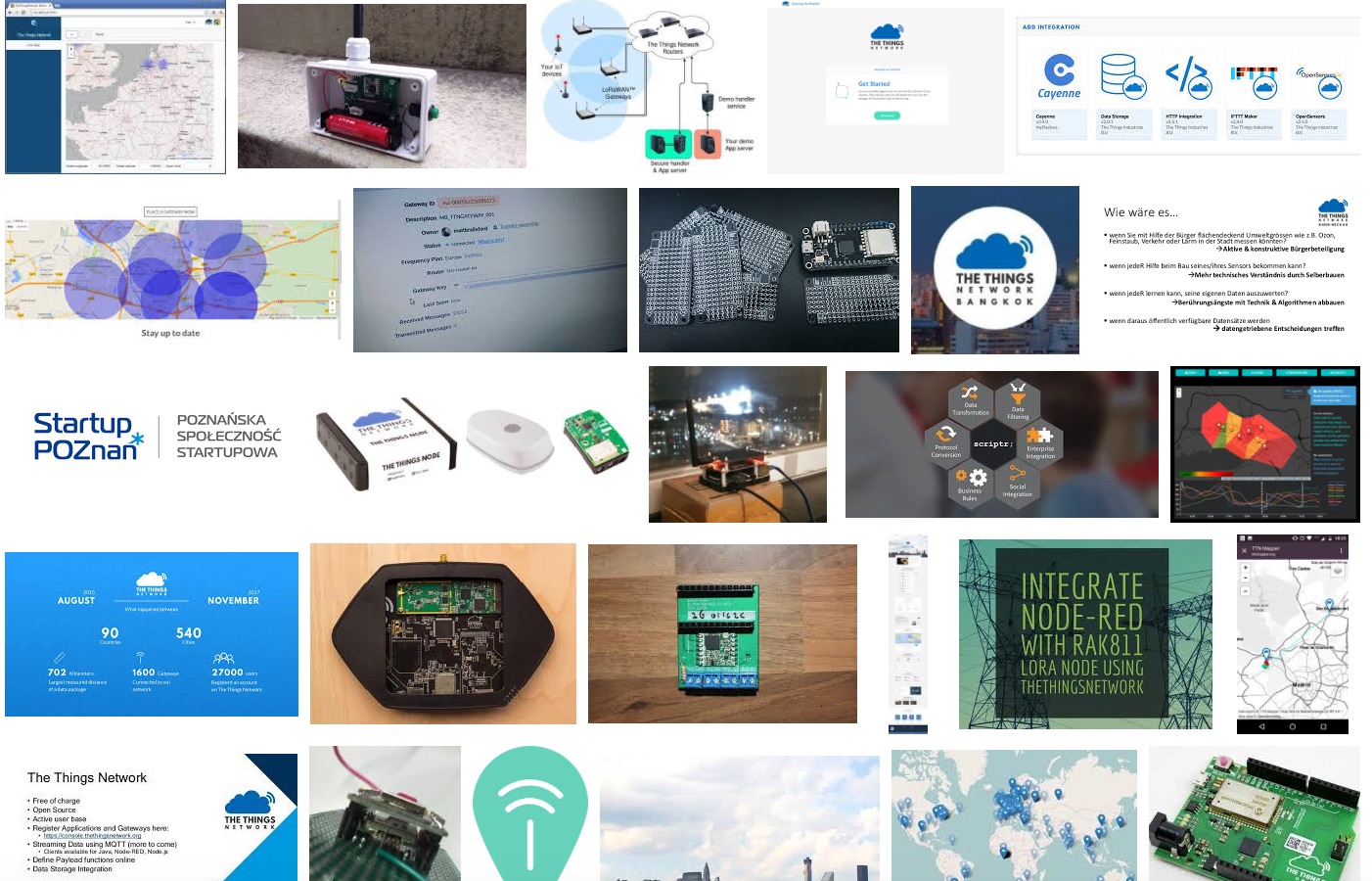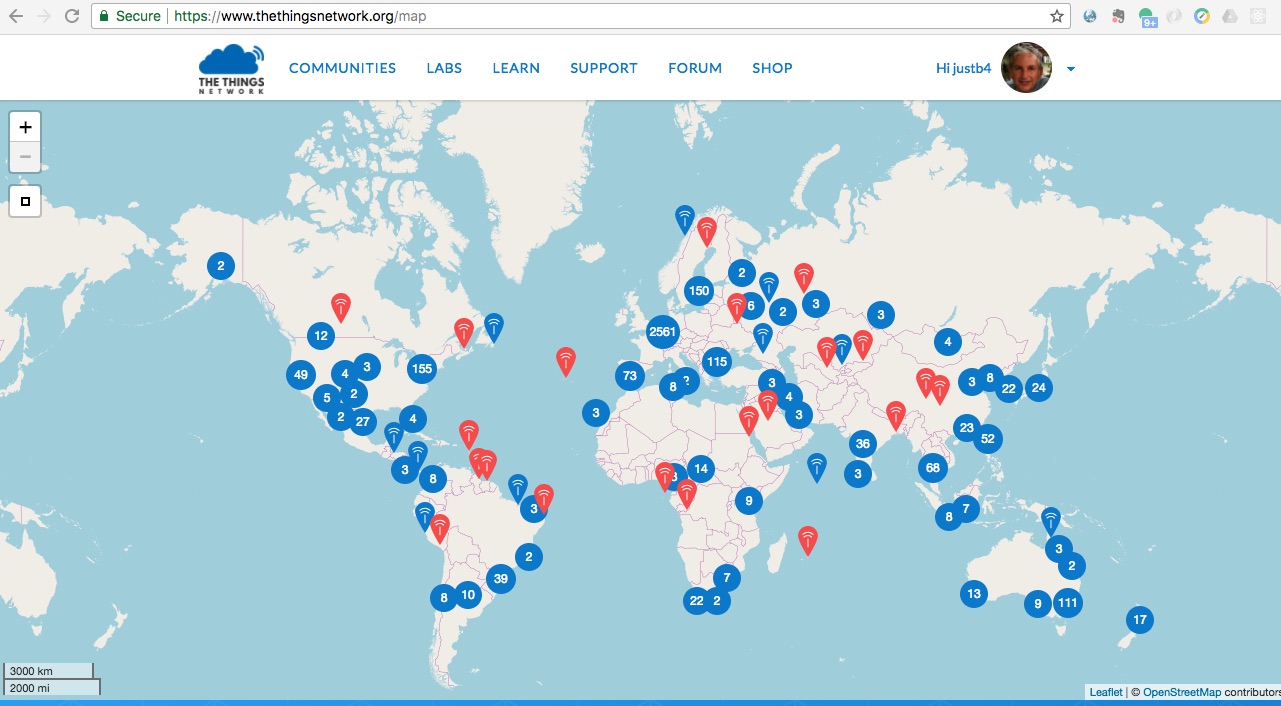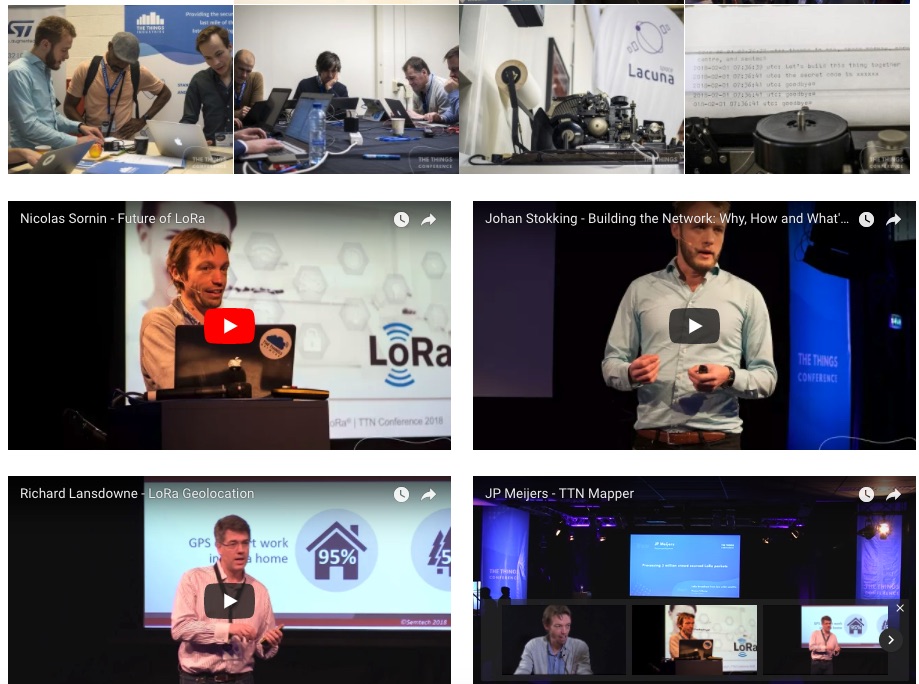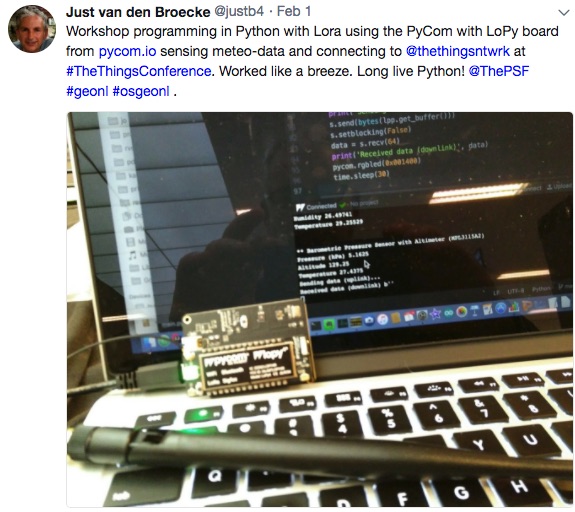Emit #3 – Things are Moving
This is Emit #3, in a series of blog-posts around the Smart Emission Platform , an Open Source software component framework that facilitates the acquisition, processing and (OGC web-API) unlocking of spatiotemporal sensor-data, mainly for Air Quality. In Emit #1 , the big picture of the platform was sketched. Subsequent Emits will detail technical aspects of the SE Platform. “Follow the data” will be the main trail loosely adhered to.
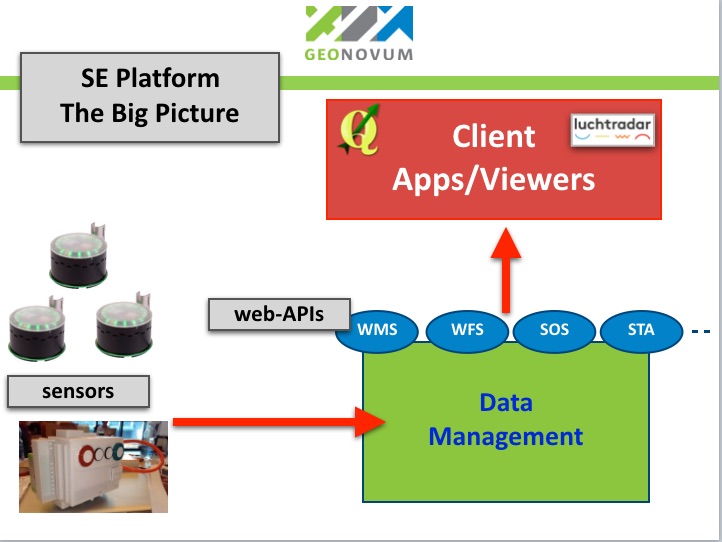
Three weeks ago since Emit #2 . A lot of Things have been happening since:
- went to The Things Conference , all about building a LoRaWAN network with an open global community.
- started at Dutch Kadaster to migrate the Smart Emission Platform into the Dutch National GDI PDOK .
- Elaborated the OGC SensorThings API (STA) to see if it can replace OGC Sensor Observation Service (SOS).
A lot to expand on. Will try to briefly summarize on The Things Conference, LoRA and LoRaWAN and save the other tech for later Emits.
LoRA and LoRaWAN may sound like a sidestep, but are very much related to for example building a network of Air Quality and other environmental sensors. When deploying such sensors two issues always arise:
- power: need continuous electricity to keep sensors and their computing boards powered
- transmission: need cabled Internet, WIFI or cellular data to transmit sensor-data
In short, LoRa/LoRaWAN (LoRa=Long Range) is basically a wireless RF technology for long-
“The Things Network is building a network for the Internet of Things by creating abundant data connectivity, so applications and businesses can flourish. The technology we use is called LoRaWAN and it allows for things to talk to the internet without 3G or WiFi. So no WiFi codes and no mobile subscriptions. It features low battery usage, long range and low bandwidth. Perfect for the internet of things.”
You may want to explore the worldwide map of TTN gateways below.
And The ThingsNetwork (TTN) was established in Amsterdam, The Netherlands. As an individual you can extend The Things Network by deploying a Gateway . Via the TTN KickStarter project, I was one of the first backers, already in 2015. The interest was overwhelming, even leading to (Gateway) delivery problems. But a LoRa Gateway to extend TTN is almost a commodity now. You can even build one yourself . TTN is very much tied to the whole “DIY makers movement”. All TTN designs and code (on GitHub ) are open. Below a global architecture picture from their site.
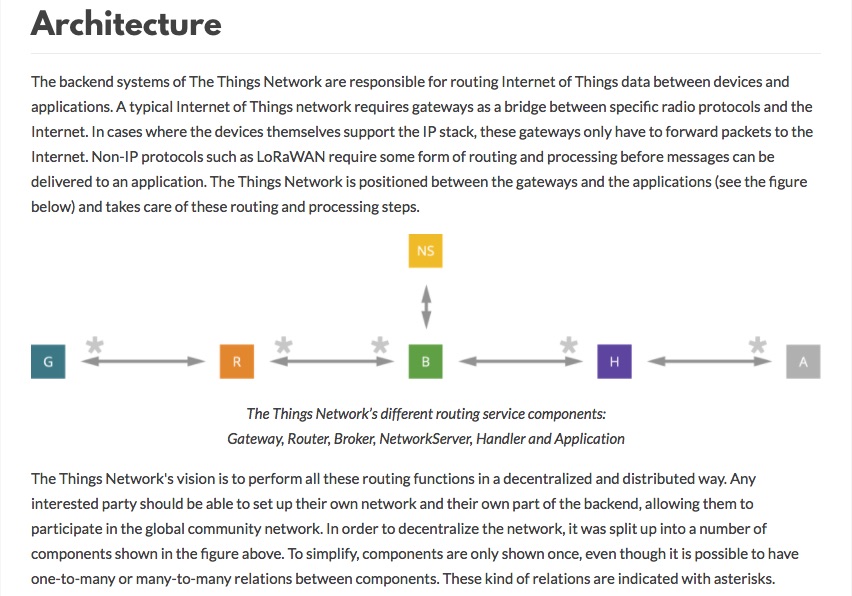
So TTN organized their first conference , off course in Amsterdam. For three days: it was an amazing success, more than 500 enthousiasts.
The conf was very hands-on with lots of free workshops (with free takeaway hardware). Followed several workshops, which were intense (hardware+software hacking) but always rewarding (blinking green lights!). One to mention in particular (as a Python programmer) was on LoPy a sort of Arduino board, very low cost (around $30), programmable with MicroPython that connects directly to TTN. Within an hour the board was happily sending meteo-data to the TTN.
All in all this conference made me eager to explore more of LoRA with TTN, in particular to explore possibilities for citizen-based sensor-networks for environmental, in particular air quality, data. I am aware that “IoT” has some bad connotations when it comes to security, especially from closed technologies. But IoT is a movement we cannot stop. With and end-to-end open technology like the TTN there is at least the possibility to avoid the “black box”-part and take things in our own hand.
